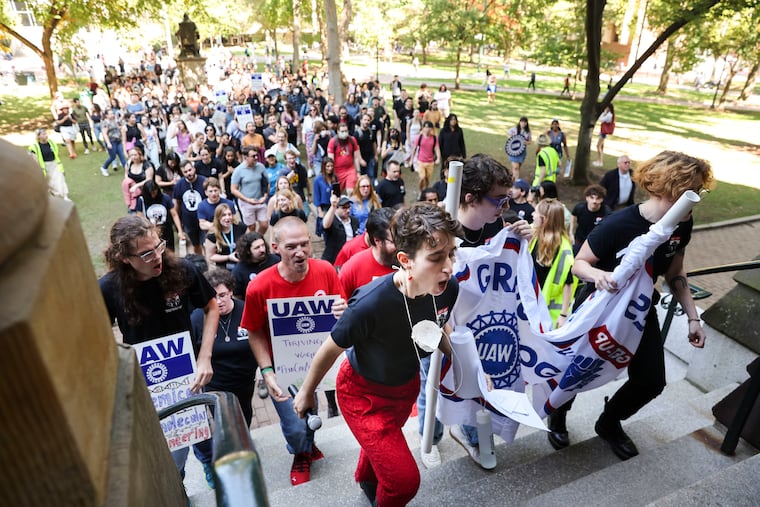Months after Penn residents formed Philly’s biggest new union in 50 years, Penn grad student workers want to break that record again
The student researchers and instructors made a plea to university leaders, asking that they stay neutral ahead of a union election rather than discouraging workers from unionizing.
